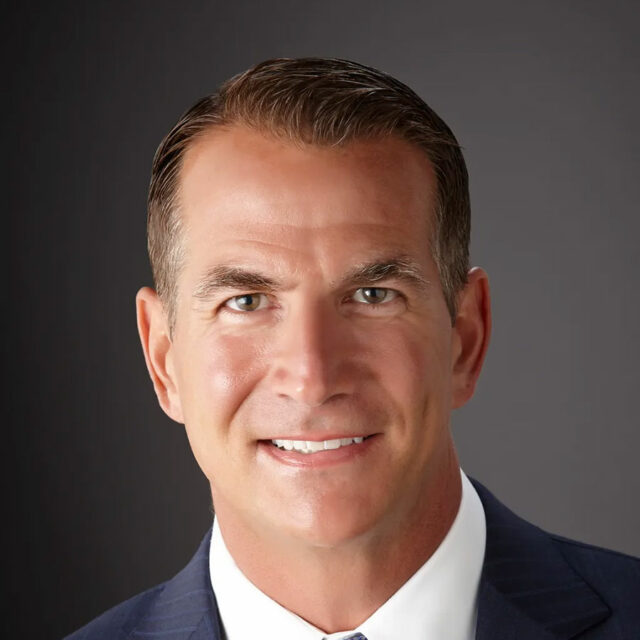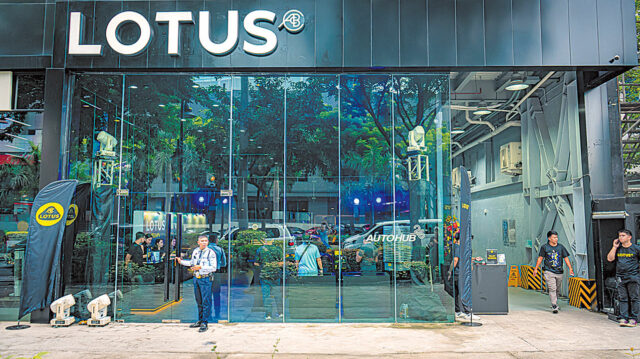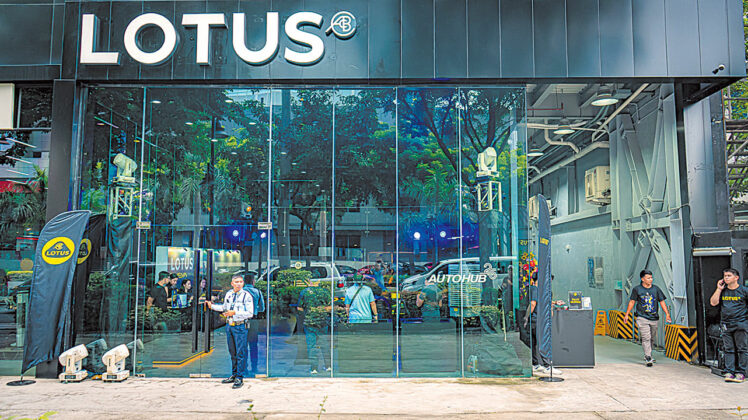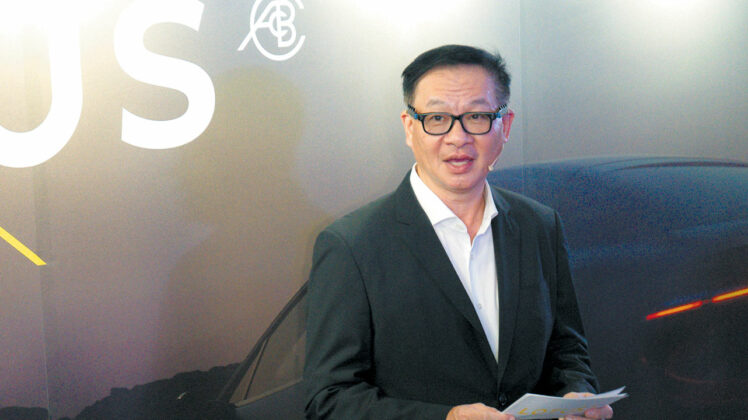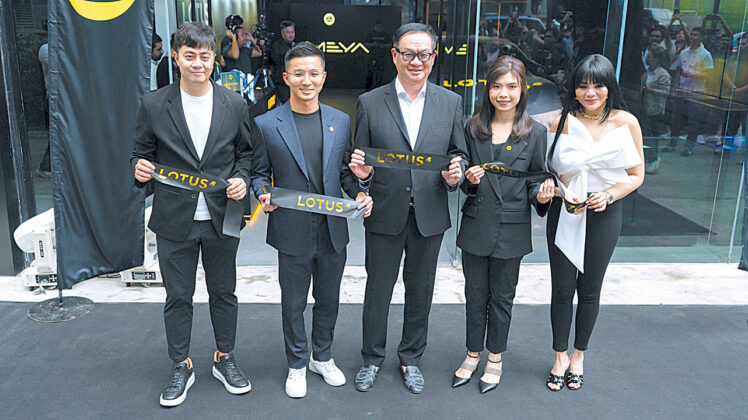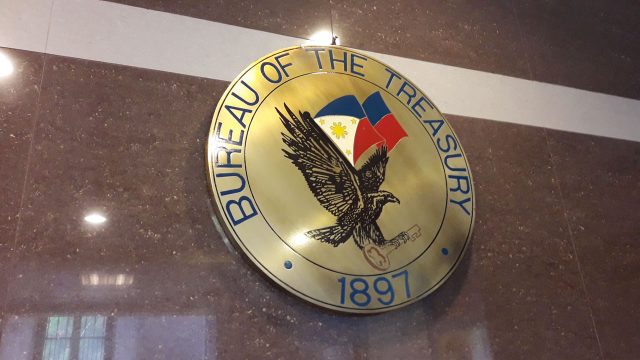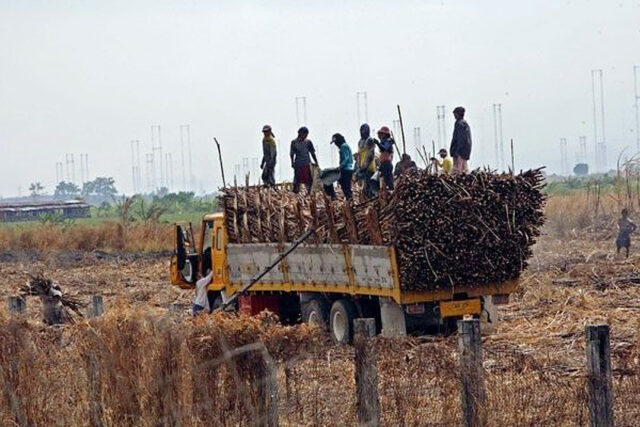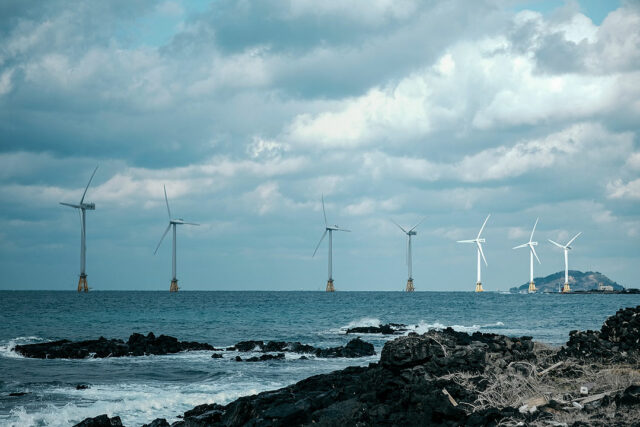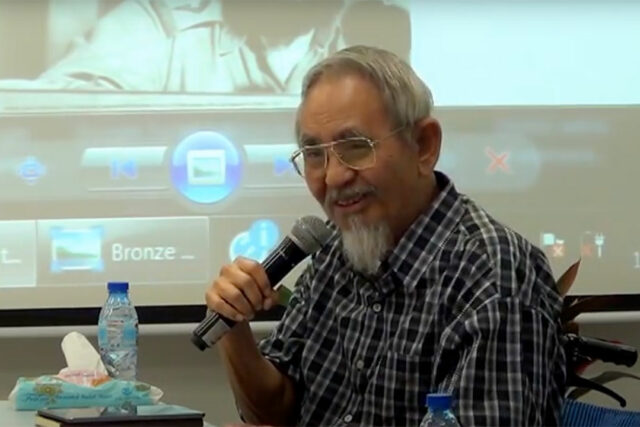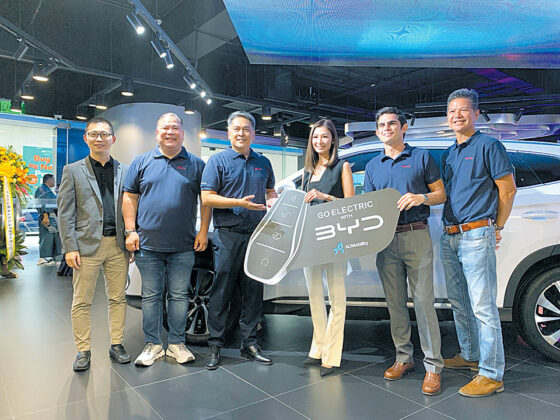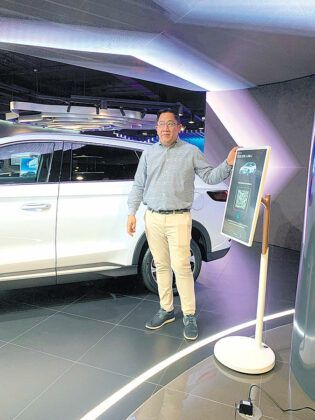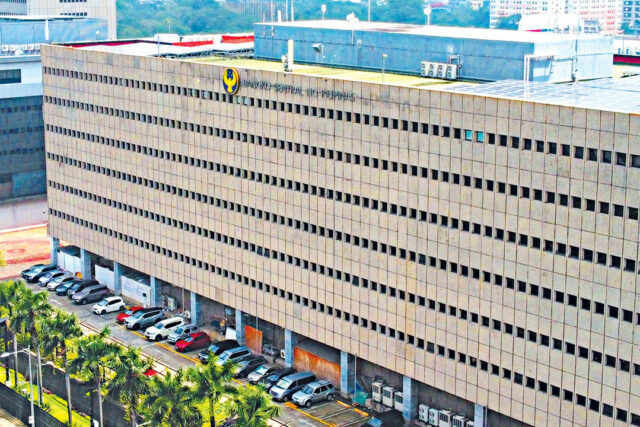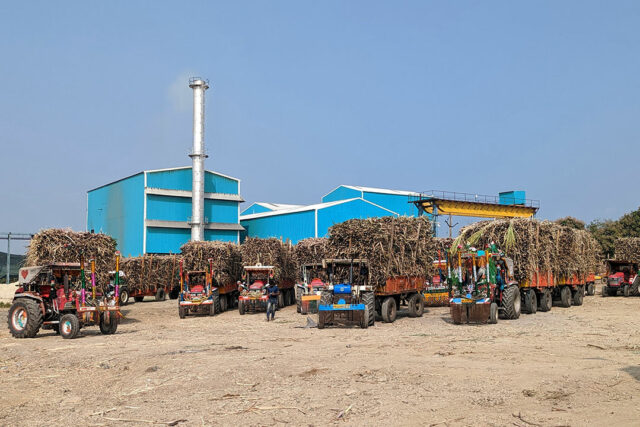Renewable energy transition: Are we going in the right direction?
The Department of Energy (DoE) has recently revised the Philippine Energy Plan (PEP) 2023-2050, outlining key strategies to transition the country toward renewable energy (RE). The plan focuses on four main strategies: accelerating renewable energy development with an emphasis on offshore wind (OSW), developing a smart and green transmission system to support new RE capacity from 2024 to 2040, building port infrastructure to facilitate OSW and other marine-based energy sources, and voluntarily decommissioning or repurposing existing coal-fired power plants (CFPPs). These initiatives aim to meet the country’s growing energy demands while transitioning to a cleaner, more sustainable energy mix.
I developed an economic model to assess whether the PEP is balanced and reasonable given changes in the price of RE and battery storage, and the price of carbon and baseload fossil fuels. The model considers five critical factors: policy support, infrastructure readiness, the price and cost of renewable energy, and the risk and cost of fossil fuels. These variables provide insights into the dynamics of energy transitions and can be applied to other countries seeking to integrate renewable energy into their portfolios. My aim is to eventually create a global Renewable Energy Transition Index.
Policy support for renewable energy in the Philippines is already strong. The DoE has implemented renewable energy auctions, introduced feed-in tariffs (FIT), enabled net metering, and Congress opened up the sector to foreign investments. These policies have created a favorable environment for renewable energy investments by lowering entry barriers, attracting substantial foreign investments, and ensuring predictable returns for investors. Offshore wind, a cornerstone of the PEP, benefits significantly from these policies, as the high costs associated with its development demand strong investor confidence and financial backing. The World Bank estimates that the Philippines has an impressive 178 gigawatts (GW) of technical offshore wind potential, and the PEP aims to capitalize on this. However, the development of offshore wind projects faces a key challenge: infrastructure readiness. The Philippines lacks the necessary port infrastructure and transmission system upgrades to accommodate the scale of renewable energy planned, particularly OSW. Port upgrades and modernized transmission lines, which could represent up to 20-25% of the total cost of offshore wind projects, are critical for success. Without these improvements, delays in integrating new RE capacity into the grid could hinder the country’s ability to meet its renewable energy targets.
Despite the strong policy support, the high cost of renewable energy generation and storage remains a significant obstacle. While the price of renewable energy technologies has been steadily declining globally — solar energy costs have dropped by 89% since 2009, and wind energy by 70% — the cost of energy storage remains prohibitive. As of 2021, large-scale battery storage costs hovered around $137 per kilowatt-hour (kWh), a significant expense that adds to the overall cost of renewable energy systems. Until storage costs decrease, conventional energy sources will still be needed to provide backup power, particularly for managing the intermittency of solar and wind power.
A particular concern for the Philippines is the regressive impact of renewable energy on lower-income households. Renewable energy can be more expensive to develop, and without subsidies, these higher costs could be passed onto poor consumers, especially those who are off-grid. For example, the construction of costly port infrastructure for OSW risks exacerbating economic inequality. As recent data shows, lower-income households in countries with energy poverty can spend between 10-40% of their income on energy, and the cost per kilowatt-hour is significantly higher for them, especially when relying on renewable sources. To avoid burdening low- and middle-income households, the government should treat this infrastructure as a public good, subsidizing the costs through general taxation rather than passing them directly onto consumers.
The cost and risk of fossil fuels add further complexity to the energy transition. Coal currently accounts for approximately 57% of the power generation mix in the Philippines, with most of the coal imported from Indonesia, which supplies the bulk of the country’s coal imports. This heavy reliance on Indonesian coal makes the Philippines vulnerable to price shocks or changes in Indonesia’s export policies. The ongoing geopolitical tensions, particularly in the Middle East and Ukraine, coupled with global decarbonization efforts, have increased the price and uncertainty surrounding fossil fuel supplies, further underscoring the importance of transitioning to indigenous renewable energy sources, like OSW, to enhance the country’s energy security.
The economic model I developed suggests that given current policies, prices of RE, carbon and fossil fuels, the Philippines should be able to reach around 32% renewable energy in its energy mix by 2030. The PEP target is about 35%, which suggests that the plan is largely on track if things go as planned. Achieving the 35% target will depend on timely and effective investments in infrastructure, particularly upgrading ports and the transmission system to handle the increased renewable energy capacity. Moreover, maintaining a stable regulatory environment is essential to avoid additional costs or delays that could arise from new carbon pricing or regulatory burdens.
An additional critical factor in meeting these targets is the implementation of carefully designed hybrid green auction mechanisms. These auctions allow for a mix of renewable technologies, such as solar, wind, and storage, to be bundled together, promoting flexibility and cost efficiency. Hybrid auctions encourage innovation and allow project developers to propose combinations of technologies that can help stabilize the grid and reduce intermittency issues. By integrating diverse technologies, hybrid green auctions can also incentivize investment in underdeveloped areas, support regional development, and improve grid stability. Moreover, this auction model would promote competitive pricing, keeping costs manageable for consumers while contributing to the achievement of the 35% RE target in a timely and economically sustainable manner.
The success of the PEP will also depend on how well the government manages long-term risks. Some of the country’s coal-fired power plants are at least 20 years old, with a capacity of 3.8 GW, and could face the risk of stranded assets as the country shifts toward renewable energy. Moreover, technological advancements in renewable energy and storage could make fossil fuel investments obsolete, adding uncertainty to the future of coal and other conventional energy sources.
In addition to stranded assets, the Philippines faces the risk of fluctuations in fossil fuel supplies, especially due to changes in Indonesia’s coal policy and the escalating war in the Middle East. Any disruptions in coal imports from Indonesia could trigger significant price increases and energy shortages, complicating the country’s energy transition efforts. These risks highlight the importance of diversifying energy sources and reducing reliance on imported fossil fuels.
In conclusion, the Philippine Energy Plan 2023-2050 presents a balanced and reasonable approach to the country’s energy transition. It addresses energy security by promoting the development of indigenous renewable energy sources like offshore wind, while acknowledging the need to modernize infrastructure and reduce reliance on coal and oil. Notably, Bloomberg ranked the Philippines as 4th among developing economies for renewable energy development in 2024, further validating the country’s commitment to a sustainable energy future. However, the success of the plan will depend on timely investments in infrastructure, maintaining a stable regulatory environment, and managing the long-term risks associated with the energy transition. With careful planning and execution, the Philippines can meet its renewable energy targets while ensuring a sustainable and secure energy future.
Dr. Eduardo Araral is an associate professor in Public Policy at the National University of Singapore, a former vice-dean and director at the Lee Kuan Yew School of Public Policy of the National University of Singapore, and a fellow of the Foundation for Economic Freedom.


